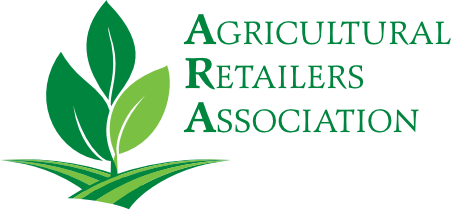Weed Control Tips for 2022
Dec 20 2021
As farmers head into the winter planning months, it’s important to reflect on what weeds were still present during harvest. This can help inform what did and didn’t work as they start putting together their weed control game plan for next year. To prepare for the upcoming growing season, Eric Scherder, Ph.D., U.S. Crop Protection commercial launch leader for Corteva Agriscience, has tips and recommendations on weed control for soybean farmers.
“Growers going into the wintertime, postharvest, should reflect on their farming practices,” Scherder says. “They should look at their weed control, nutrient management and variety selections to see what they had better success with and what they should reevaluate.”
He emphasizes the importance of educational opportunities to learn about new products and technologies, rather than relying only on what has worked in the past. Using new or additional herbicide trait technologies can help address weed control issues. These trait platforms allow farmers to incorporate different sites of action into a program approach to control difficult weeds, like Palmer amaranth and waterhemp.
The Enlist® weed control system gives farmers the flexibility they need for weed control. With tolerance to 2,4-D choline, glyphosate and glufosinate in Enlist E3® soybeans and Enlist® cotton, farmers can design a custom program approach to tackle their weeds on acres where they’ve planted Enlist crops.
Benefits of a herbicide program approach in soybeans
After assessing what weed problems appeared this past year, Scherder strongly encourages farmers to develop a program approach for weed control. He explains why a program approach is key to help prevent weeds – preemergence to postemergence – from invading soybeans.
“It’s critical for soybean farmers to use a program approach, because you want to work in as many modes of action as you can to tackle resistant weeds,” Scherder says. “You’ll want to incorporate a burndown application or tillage to start clean, followed by a preemergence residual herbicide, such as Kyber herbicide, to keep your field clean through postemergence application time.”
Soybean fields have quite a few resistant weeds. Scherder encourages adding in layered residuals to the tank mix throughout the season for longer lasting control and to prevent weeds from emerging. On acres featuring Enlist crops, start by applying a soil-applied residual herbicide preemergence followed by a postemergence application that includes Enlist One® herbicide plus another site of action or Enlist Duo® herbicide, which contains two sites of action: 2,4-D choline and glyphosate. Consider including EverpreX® herbicide for soybeans for residual weed control. If weeds continue to be persistent, plan for multiple post-passes.
“For tough resistant weeds, consider a tank mix of Enlist One and Liberty herbicides,” Scherder says. “It is the most effective and powerful postemergence treatment to control weeds like Palmer amaranth, waterhemp and kochia.”
For farmers considering tank-mixing Enlist One herbicide with glyphosate or glufosinate, Liberty® herbicide, but are worried about the supply in 2022, DIM herbicides are another option. This is a great way for farmers to get another mode of action in the tank with Enlist One herbicide and still achieve the grass weed control results they need.
To learn more about the Enlist weed control system, watch our YouTube channel or follow us at @EnlistOnline for the latest updates.
